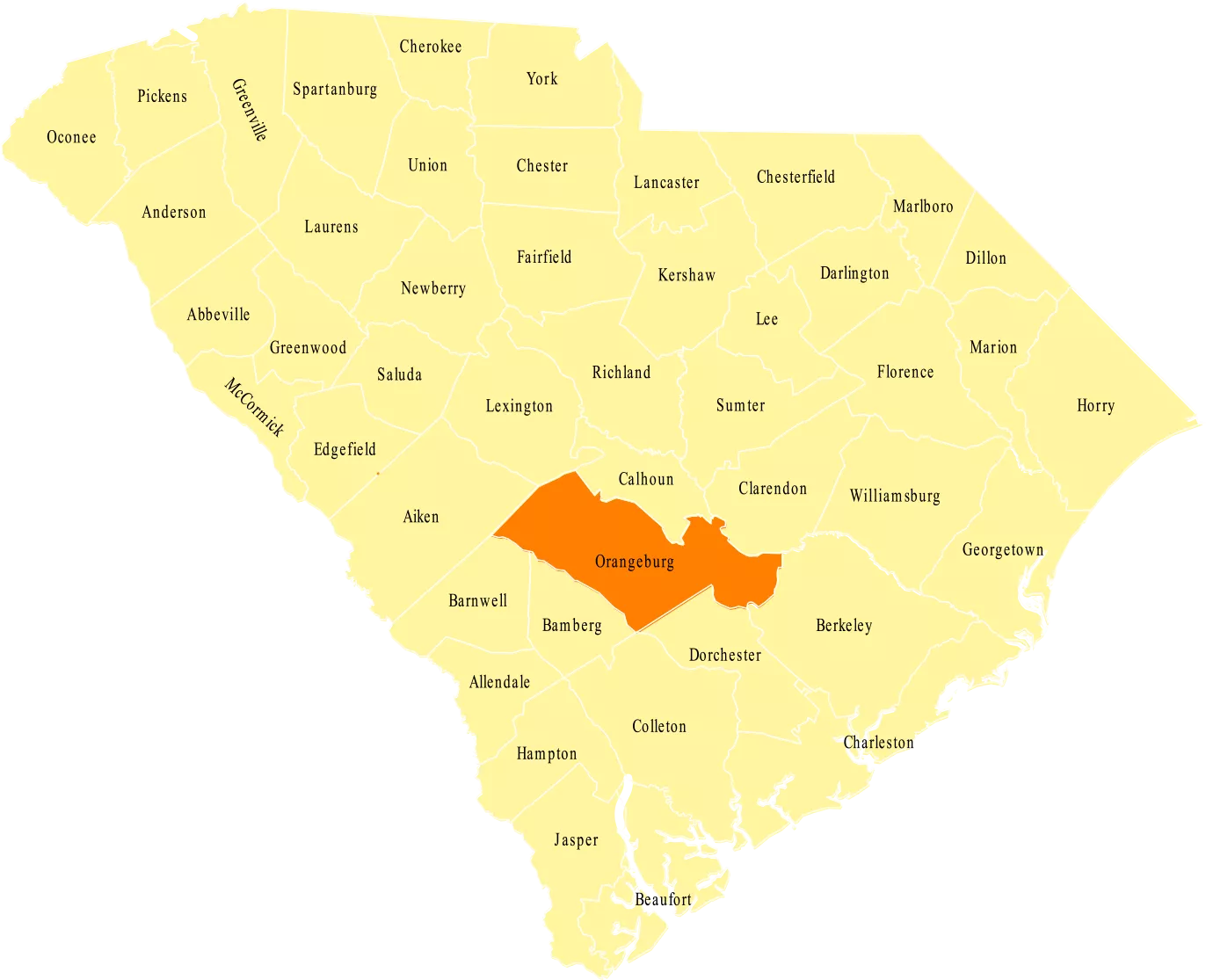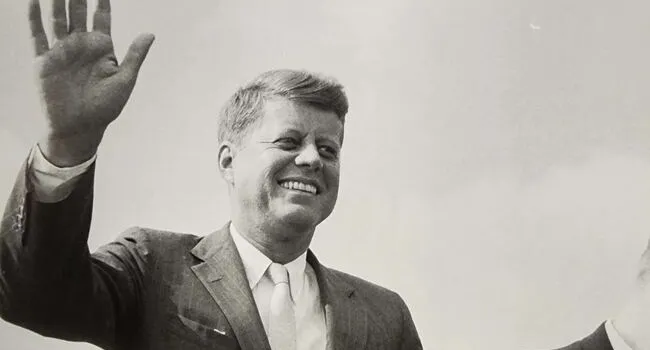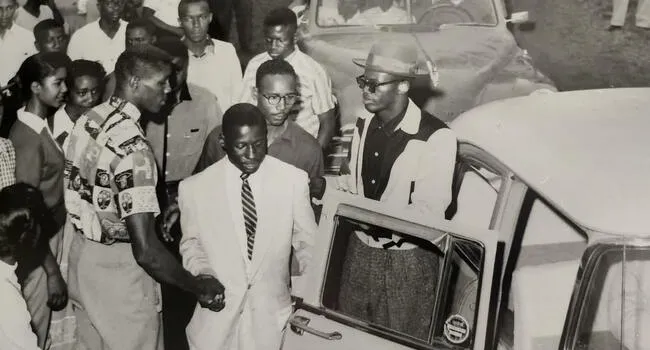
Video
This segment provides insight into Cecil Williams' early aspirations and his remarkable photography during pivotal moments of desegregation at Clemson University and the University of South Carolina...
Orangeburg County was founded as Orangeburg District in 1769. The county and county seat’s namesake was William IV, otherwise known as the Prince of Orange. Notable residents include Tony, Grammy, and Emmy nominee Eartha Kitt.
The lands now known as Orangeburg County were first settled by Swiss and German farmers in the early 18th century, with English settlers from the Lowcountry arriving soon after. In the 19th and 20th centuries, the district became smaller as lands were taken to create the Barnwell and Lexington Districts as well as Aiken and Calhoun counties.
Both the Revolutionary War and the Civil War had an impact on the county. The last battle of the Revolutionary War fought in South Carolina, the battle of Eutaw Springs, occurred in Orangeburg County. Additionally, Sherman’s troops traveled through the county during the Civil War. Orangeburg County also made history as the home of South Carolina’s first railroad junction in 1840. Unfortunately, the county is likely best known for the Orangeburg Massacre, when South Carolina police killed three South Carolina State College students involved in a civil rights demonstration in 1968.
In the 19th century, large cotton plantations began to appear in Orangeburg County, and cotton remains one of the main crops grown in the area. Recently, the economy has experienced growth due to its location between Columbia and the port of Charleston. Record-breaking development has occurred in industry, especially manufacturing, as well as retail.
About Eartha. Accessed June 10, 2016. http://www.earthakitt.com/eartha/
Economic Development. Accessed June 10, 2016. http://www.orangeburgchamber.com/
Welcome to Orangeburg County. Accessed June 10, 2016. http://www.orangeburgcounty.org/

Video
This segment provides insight into Cecil Williams' early aspirations and his remarkable photography during pivotal moments of desegregation at Clemson University and the University of South Carolina...
Video
Governor Fritz Hollings opposed protests at the State Capitol in South Carolina. The pivotal Edwards vs. South Carolina case arose from a 1961 civil rights demonstration against segregation. James...
Video
The sixth segment delves into the historical student protest in Orangeburg, South Carolina, in 1960. The movement, inspired by the Greensboro sit-ins, featured students from Claflin and South Carolina...
Video
This chapter focuses on Cecil Williams' fascinating encounter with John F. Kennedy before he became President. When Kennedy was making an announcement at the Roosevelt Hotel, Cecil, a photographer for...
Video
Part 4 showcases the role of Orangeburg in the Civil Rights Movement and the influence of Dr. Martin Luther King Jr.'s nonviolent resistance. Students in Orangeburg actively participated in marches...
Video
This video covers the events in Orangeburg during the summer of 1955. The local branch of the NAACP formulated a petition requesting the desegregation of schools in line with the 1954 Brown v. Board...
Video
This segment explores the early 1950s and the significant role South Carolina, particularly Clarendon County, played in the civil rights movement. It discusses Thurgood Marshall's arrival in South...
Video
Embark on a journey through the remarkable life of Cecil Williams, the acclaimed civil rights photographer from Orangeburg, South Carolina. Over 70 years of capturing pivotal moments in the Civil...
Video
Founded in 2019 by acclaimed civil rights photographer Cecil Williams, the Cecil Williams South Carolina Civil Rights Museum is the Palmetto State’s first and only civil rights museum.
Document
This SCETV follow-up special commemorates the 50th anniversary of this tragic event, as survivors, participants and officials share their remembrances and struggle to provide some sense of reckoning...